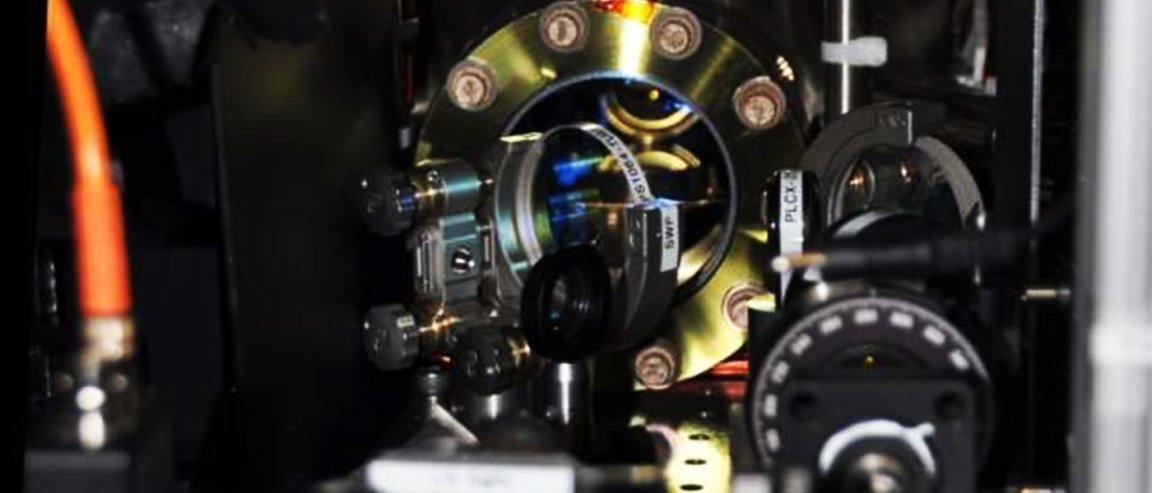
A Super Combo
There’s a new form of matter out there and it’s called a supersolid. Born in the labs of researchers from the Massachusetts Institute of Technology (MIT), this new matter is seemingly a contradiction. The supersolid combines properties of solids and superfluids — or fluids with zero viscosity, thereby flowing without losing kinetic energy. Supersolids have previously been predicted by physicists, but have not been observed in a lab until now.
“It is counterintuitive to have a material which combines superfluidity and solidity,” says team leader Wolfgang Ketterle, the John D. MacArthur Professor of Physics at MIT and 2001 Noble laureate. “If your coffee was superfluid and you stirred it, it would continue to spin around forever.” Their research was published in the journal Nature.
To develop this seemingly contradictory form of matter, Ketterle’s team manipulated the motion of atoms in a superfluid state of dilute gas, called a Bose-Einstein condensate, or BEC. Ketterle co-discovered BEC, which won him his Noble prize in physics. “The challenge was now to add something to the BEC to make sure it developed a shape or form beyond the shape of the ‘atom trap,’ which is the defining characteristic of a solid,” Ketterle explained.
Crafting Matter
The team used laser beams in an ultrahigh-vacuum chamber to manipulate the motion of BEC atoms into a spin-orbit coupling — basically an interaction of a particle’s spin with its motion. An initial set of lasers was used to convert half of the BEC’s atoms to a different spin or quantum phase. This created a mixture of two BECs. Transferring atoms between the two condensates using additional laser beams created a “spin-flip.”

“These extra lasers gave the ‘spin-flipped’ atoms an extra kick to realize the spin-orbit coupling,” Ketterle said. The resulting matter, based on the predictions of physicists, would have to be a supersolid, as spin-orbit coupled BEC would have a spontaneous “density modulation.” In other words, its density would no longer be constant. Instead, it would have a “stripe phase,” which is a ripple or wave-like pattern similar to a crystalline solid.
“The recipe for the supersolid is really simple,” said MIT student and researcher Junru Li, “but it was a big challenge to precisely align all the laser beams and to get everything stable to observe the stripe phase.” However, observing this density modulation was difficult, Li added. The team had to use another laser whose beams were diffracted by the density modulation.
Further study of this supersolid could lead to better insight about the properties of superfluids and superconductors, which would be key to improved efficient energy transport. Supersolids may also be crucial to developing better superconducting magnets and sensors.
These applications are all still in the future, especially since this supersolid can only exist under ultrahigh-vacuum conditions in extremely low temperatures. For now, Ketterle’s team would continue to study the properties of the supersolid with further experiments involving spin-orbit coupling.
“With our cold atoms, we are mapping out what is possible in nature,” Ketterle said. “Now that we have experimentally proven that the theories predicting supersolids are correct, we hope to inspire further research, possibly with unanticipated results.”